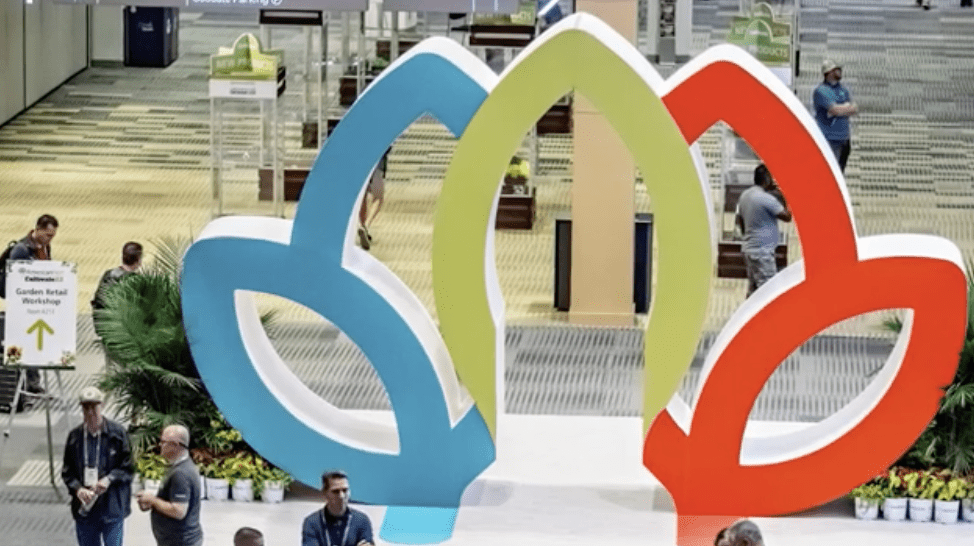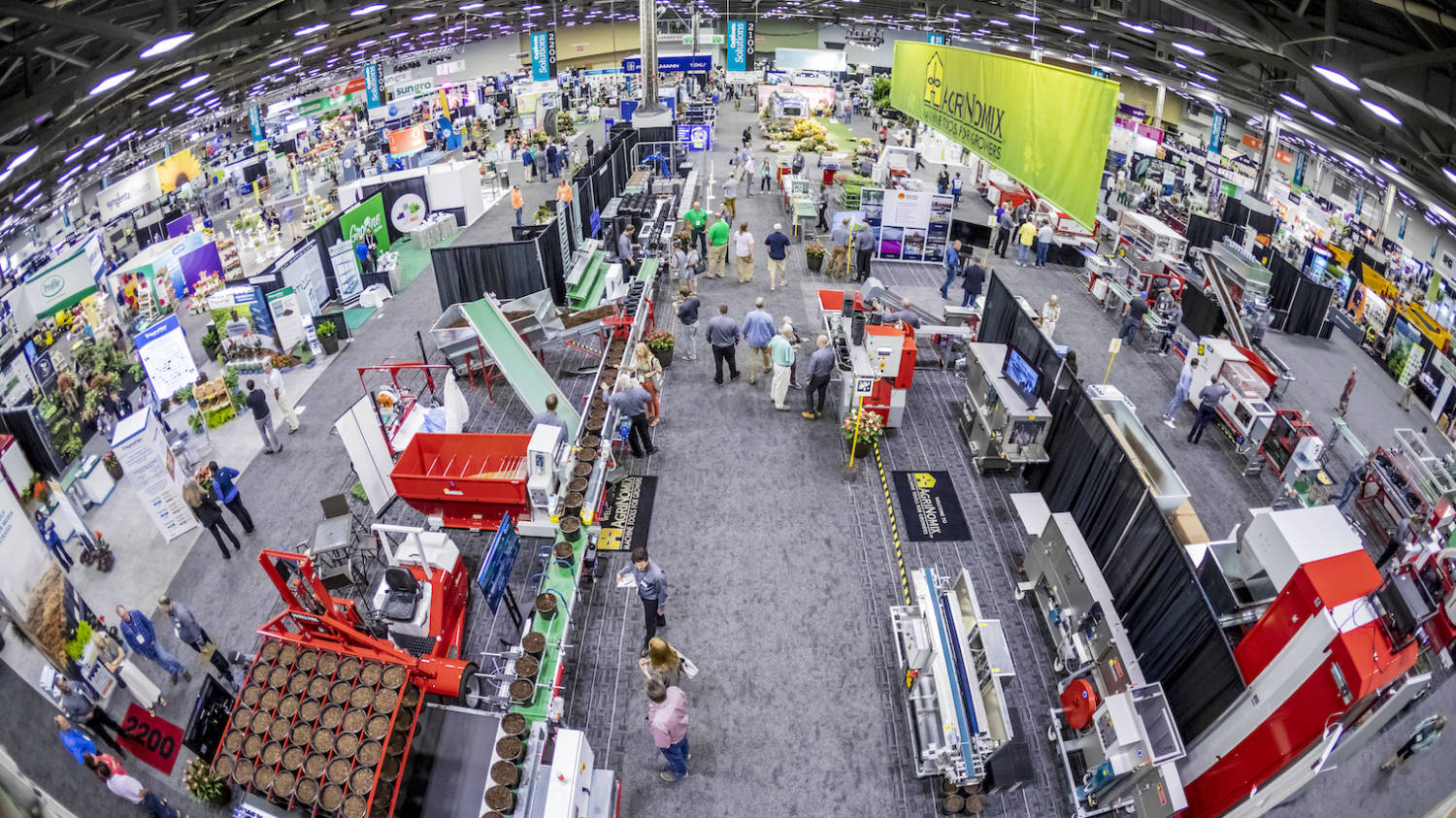Reducing Greenhouse Energy Consumption
Editors’ Note: This is the third in a six-part series on research being performed at Michigan State University in East Lansing.
The recent volatility of energy prices and an overall interest in reducing greenhouse production inputs have growers searching for ways to improve the energy efficiency of production. This article, the third in a six-part series focusing on floriculture research at Michigan State University, outlines our multifaceted approach to improve the energy efficiency of greenhouse crop production, both short- and long-term.
In the short-term, this work focuses on optimizing the production environment to produce high-quality crops with minimal energy inputs. A longer-term research focus at MSU is to understand genetics’ underlying crop production time and develop tools to facilitate breeding cultivars that require less energy, such as those that develop faster at cooler temperatures.
The crop’s rate of development and, thus, its timing is influenced primarily by temperature. Additionally, many bedding plant species are photoperiodic, so they flower earlier with exposure to the appropriate day length. Understanding how light and temperature affect crop production time is critical for optimizing energy inputs.
Growing Temperature Optimization
An intuitive but potentially flawed way to lower greenhouse energy consumption is to lower temperature set points. Indeed, fuel consumption for heating decreases on a daily basis as temperature is lowered. However, a consequence often not considered is the effect of a lower average daily temperature on crop timing. For the past several years, we have been quantifying how temperature influences time to flower on a variety of bedding plants, from ageratum to zinnia. As with all crops, time to flower increases as the average temperature decreases, but the effect varies from crop to crop. For example, time from transplant to first flower of seed geranium ‘Florever Violet’ increased by 14 days as temperature decreased from 68-63° F, whereas the delay was nine days for dianthus ‘Super Parfait Raspberry’ and only three days for French marigold ‘Janie Flame’.
We can use this crop timing information with the Virtual Grower software program (www.virtual grower.net) to estimate energy consumption for different growing conditions, greenhouse characteristics and locations. For early spring flowering in Northern states, many crops consume less energy on a per-crop basis when produced at a relatively warm growing temperature. In other words, crops grown cooler take longer to flower and need to be transplanted earlier to meet the desired finish date. The savings of a lower average daily temperature is offset by the need to heat for a longer period during the coldest part of the year. For late spring sales and in much of the South, energy consumption on a per-crop basis is less affected by temperature.
Photoperiodic Lighting to Promote Early Flowering
At MSU, we have determined the photoperiodic responses for hundreds of annuals and herbaceous perennials. For photoperiodic species, knowing when the crop becomes perceptive to photoperiod and how long it must be exposed to the appropriate photoperiod for floral induction to occur allows for precise control of flowering with minimal inputs of supplemental lighting. We have evaluated these parameters for numerous annual bedding plant species.
The vast majority of photoperiodic annual bedding plants are facultative or obligate long-day plants, several facultative short-day plants exist, including cosmos and celosia. These species begin to perceive the floral-inducing short days very early in development and require as few as five short days to stimulate flowering. For example, celosia ‘Fresh Look Red’ and ‘Gloria Scarlet’ become receptive to short days about nine days after germination! Therefore, it is critical to provide long-day lighting immediately after germination to prevent premature flowering.
In contrast, long-day plants, such as petunia, generally require at least three weeks of long days for complete floral induction, and plants are generally not sensitive to photoperiod until three to four weeks after germination. This research has also demonstrated that photoperiodic lighting treatments can be applied to many crops while plants are still in plug trays. Once flowering begins, plants will generally continue to progress toward flowering regardless of the photoperiod they are grown under. This allows growers to make more efficient use of supplemental lighting for photoperiod control, particularly if greenhouse space with supplemental lighting is limited. It is important to note, however, that while plants can be induced to flower with a crop-specific minimum number of inductive days, extending the duration under the inductive photoperiod often increases crop quality parameters such as flower number.
Breeding Energy-Efficient Crops
Energy concerns are unlikely to dissipate in the coming years, so long-term approaches for reducing inputs for greenhouse crop production are necessary. These include innovations in greenhouse technologies, such as higher-efficiency heating and lighting systems, and improving structures’ heat retention. But in addition to manipulating the greenhouse environment and improving greenhouse technologies, altering the crop itself through breeding is another approach for increasing production efficiencies. How do we breed more energy-efficient crops? By understanding the genetics that control crop timing traits, we can breed crops that flower faster, reducing the amount of time the crop is in the greenhouse, or allowing production at cooler temperatures without increasing crop production time. Clearly, for this strategy to be effective, reducing crop production time must not come at the expense of crop quality or garden performance.
Because of its economic importance and history as a genetic model, petunia is our test case for breeding more energy-efficient crops. We are working to identify regions of the petunia genome that control crop timing traits. Identification of these DNA regions will allow us to generate molecular markers, or DNA “landmarks,” associated with the traits, which can greatly increase the speed and efficiency of breeding to reduce crop production time. While our research will focus specifically on developing those markers, the genetic tools and breeding populations developed through this work will be made available to other researchers and industry breeders, and they can be used for almost any trait of interest for which variability exists within the populations. For example, we have also determined that wild relative species vary considerably in cold tolerance and may therefore be useful for improving abiotic stress tolerance in petunia.
Two factors that determine crop production time are the leaf-unfolding rate and the number of leaves that develop prior to flower initiation. The cultivated petunia species, Petunia ×hybrida, is a hybrid between the wild species Petunia axillaris and Petunia integrifolia. We compared the leaf-unfolding rates of these wild species with a broad group of currently available grandiflora-type petunia cultivars from several different breeding companies. Both of the wild species had faster leaf-unfolding rates than any of the modern cultivars, particularly at cooler temperatures (57-63° F). This suggests that, in the process of breeding for other attributes (such as large flowers and compact growth habit), breeders may have inadvertently selected against rapid crop development.
Fortunately, all petunia species can be hybridized with Petunia × hybrida, al-beit with varying degrees of success. Using wild relative species of commercial petunia allows breeders developing new cultivars to take advantage of genetic diversity not present in commercial petunia breeding lines. Wild relative species have already been useful genetic sources for improving traits like pest and disease resistance in other crops. In fact, the trailing habit introduced with the Wave-type petunias originated in a wild relative species.
By attempting to understand both the environmental and genetic control of crop production time, we are committed to developing tools that help growers meet both current and future challenges to profitability.









 Video Library
Video Library 


















